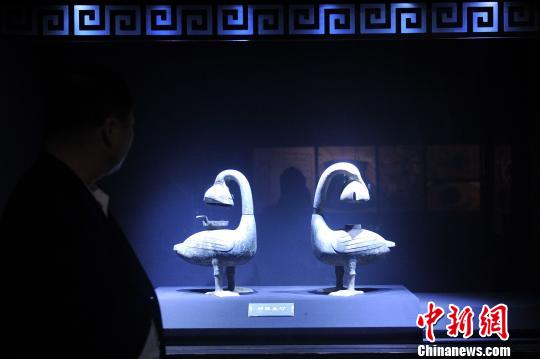Excavation is almost complete at the Haihunhou tomb, one of China's toparcheological finds, after five months of work, archeologists said Monday.
Located in Nanchang, capital of East China's Jiangxi province, the tomb belonged toLiu He, a marquis during the Western Han Dynasty (206 BC - 24 AD).
The excavation has brought a clearer understanding of burial practices and coffinstructures of that era, according to experts.
Gold-coated boxes containing ornaments made of agate, bronze and jade, 100 goldendiscs and one jade seal bearing the name "Liu He" have been found in the interiorcoffin of the tomb's main occupant, according to Xu Changqing, head of the JiangxiCultural Relics and Archeology Research Institute.
The structure of the interior and exterior coffins are being studied, Xu said.
Archeologists have also found more than 5,000 bamboo slips containing texts fromChinese classics.
The contents of the texts will be scanned and identified by the end of this year,and study of them will begin next year, according to Chi Hong, head of theDepartment of Culture of the provincial government.
The Haihunhou Cemetery is the best-preserved tomb ever found from the Western HanDynasty, with more than 10,000 artifacts unearthed so far. The coffin of Liu He washoisted from the tomb and sent for examination in January.

